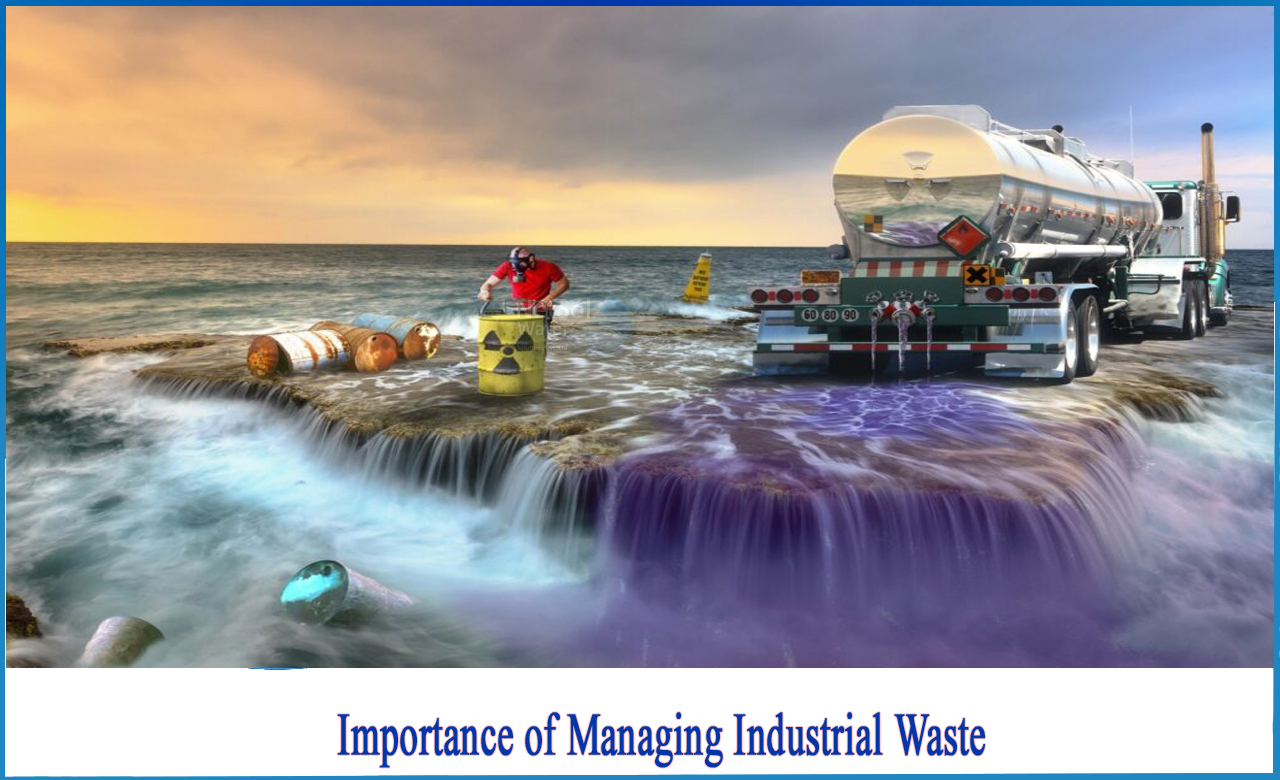Getting The Reclaim Waste To Work
Some Known Incorrect Statements About Reclaim Waste
Table of ContentsGetting My Reclaim Waste To Work8 Easy Facts About Reclaim Waste ExplainedHow Reclaim Waste can Save You Time, Stress, and Money.Reclaim Waste Can Be Fun For AnyoneSome Known Factual Statements About Reclaim Waste
Explore the types, occurrences, and kinds of fluid waste. Domestic sewer waste describes the waste and items from a household sewage-disposal tank. This type of waste is created by human beings in homes, schools, and various other buildings. This only consists of sewage-disposal tanks that have a drainpipe field. The appropriate monitoring and disposal of residential sewage waste require liquid waste to be transferred to a sewage therapy plant where the proper approaches and devices are used to cleanse and get rid of waste.
Business waste often includes potential threats, such as combustible materials or a mix of liquid and solid waste products, and needs a much more sophisticated and comprehensive disposal process. The disposal of industrial waste typically includes the filtering of waste prior to transport to ensure risk-free and appropriate disposal. Hazardous waste is created from byproducts and overflow of commercial processes and manufacturing.
This sort of waste can not use the very same sewer administration transport or processes as septic or industrial liquids. The hazardous waste management procedure calls for the evaluation and testing of liquid waste before it goes through the disposal procedure (industrial wastewater treatment). Drainage waste is the fluid waste that originates from drainage and excess stormwater in very booming locations or cities
Drainage waste can create contamination and flooding if not taken care of effectively. Making certain correct waste monitoring can stop catastrophes and minimize environmental injury.
5 Easy Facts About Reclaim Waste Explained
Get in touch with PROS Providers today to discover our waste administration and disposal solutions and the proper means to care for the fluid waste you produce.
(https://reclaimwaste1.mystrikingly.com/blog/efficient-liquid-waste-disposal-in-melbourne-why-reclaim-waste-is-your-go-to)This supposed 'wastewater' is not only a crucial resource however, after treatment, will certainly be released to our land, rivers or the ocean. Made use of water from bathrooms, showers, baths, kitchen sinks, washings and commercial processes is recognized as wastewater.

water used to cool equipment or clean plant and devices). Stormwater, a kind of wastewater, is overflow that flows from agricultural and city areas such as roofs, parks, yards, roads, courses and seamless gutters right into stormwater drains pipes, after rain. Stormwater streams unattended directly to regional creeks or rivers, at some point reaching the sea.
Reclaim Waste Things To Know Before You Get This
In Queensland, the majority of wastewater is dealt with at sewer therapy plants. Wastewater is delivered from residential or commercial sites through a system of sewers and pump stations, recognized as sewage reticulation, to a sewer therapy plant.
The Division of Natural Resources suggests city governments about handling, operating and keeping sewerage systems and treatment plants. In unsewered areas, local governments may require homeowners to set up individual or household sewer therapy systems to treat residential wastewater from commodes, cooking areas, shower rooms and washings. The Department of Natural Resources authorises making use of home systems when they are confirmed to be reliable.
In some new neighborhoods, treatment of some stormwater to remove litter, sand and gravel has started utilizing gross toxin catches. Wastewater therapy takes place in four stages: Removes solid issue.
Wastewater then moves into large containers where solids work out and are gotten rid of as sludge. Grease and scum are skimmed from the surface area. Utilizes little living organisms referred to as micro-organisms to break down and get rid of continuing to be liquified wastes and fine fragments. Micro-organisms and wastes are integrated in the sludge. Gets rid of nitrogen and phosphorus nutrients that might cause algal blooms in our rivers and intimidate water life.
Facts About Reclaim Waste Revealed
Nutrient removal is not available at all sewer therapy plants since it needs costly specialised equipment. Clear fluid effluent generated after therapy might still have disease-causing micro-organisms - liquid waste removal.

Most wastewater flows into the sewerage system. Under the Act, local governments administer authorizations and licences for environmentally pertinent activities (Periods) including wastewater launches that might have a neighborhood impact.
Little Known Facts About Reclaim Waste.
Otherwise, samples are considered laboratory analysis. Often numerous examinations are needed to develop resource the degrees of each of the various contaminants such as oils, heavy steels and chemicals in water. Monitoring offers valid information concerning water high quality and can validate that permit problems are being fulfilled. The details obtained through monitoring offers the basis for making water high quality decisions.